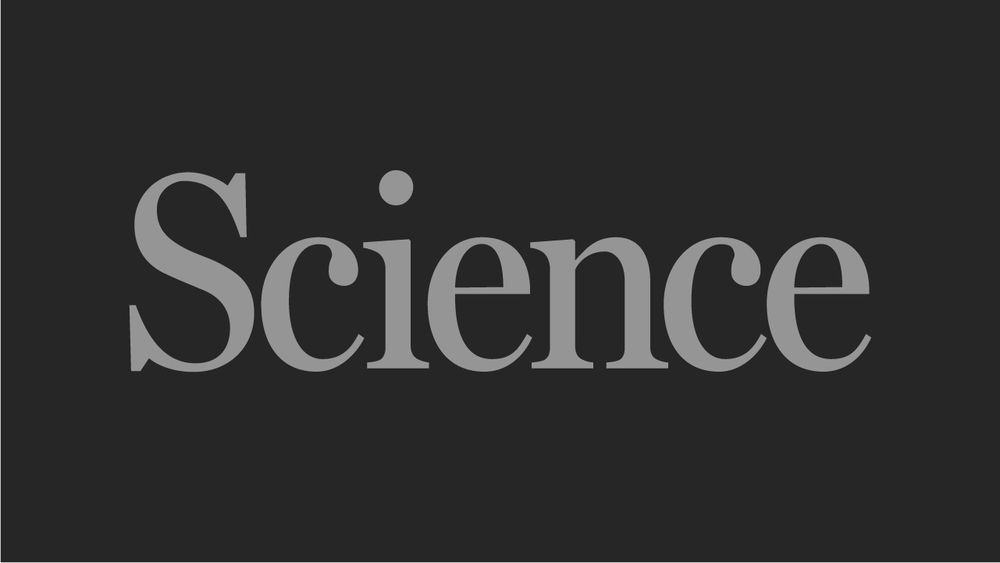

here's the cumulative number of stats tenure-track jobs posted on the UF Statistics Job Board so far, since August
#statsky

here's the cumulative number of stats tenure-track jobs posted on the UF Statistics Job Board so far, since August
#statsky

www.tandfonline.com/doi/full/10....

www.tandfonline.com/doi/full/10....

www.sciencedirect.com/science/arti...

www.sciencedirect.com/science/arti...
www.nytimes.com/2025/02/26/h...
www.nytimes.com/2025/02/26/h...




projecteuclid.org/journals/bay...

projecteuclid.org/journals/bay...
We tackle the challenge of comparing multiple treatments when some subjects have zero prob. of receiving certain treatments. Eg, provider profiling: comparing hospitals (the “treatments”) for patient outcomes. Positivity violations are everywhere.

We tackle the challenge of comparing multiple treatments when some subjects have zero prob. of receiving certain treatments. Eg, provider profiling: comparing hospitals (the “treatments”) for patient outcomes. Positivity violations are everywhere.
What have I missed? 🤔
What have I missed? 🤔



